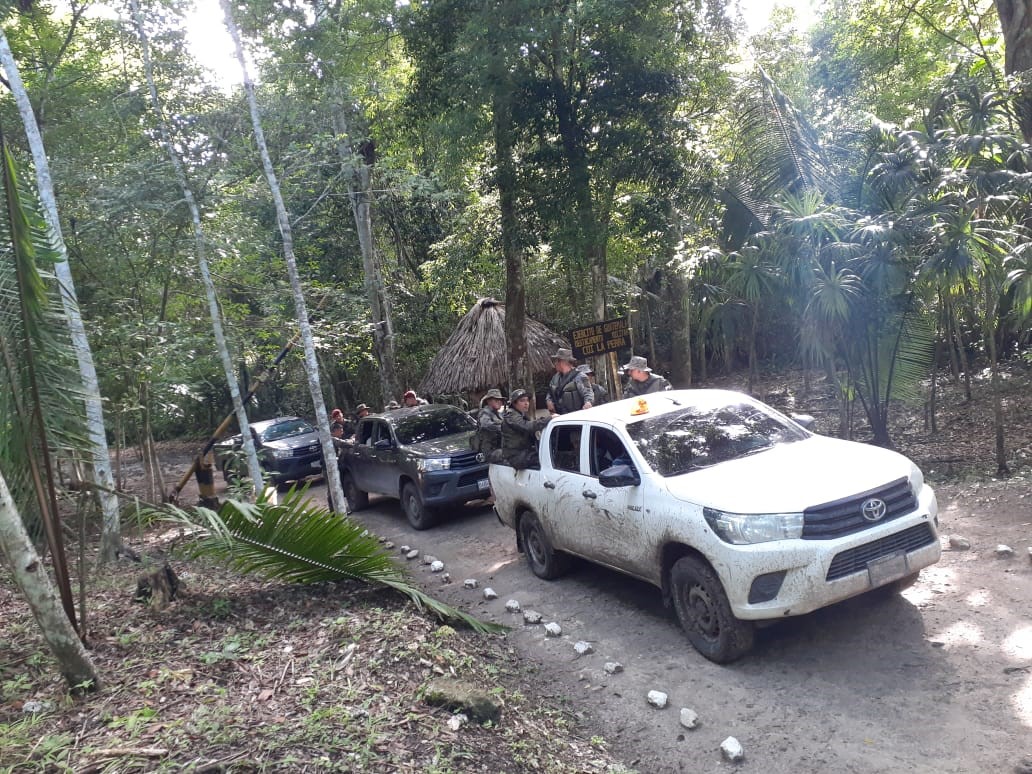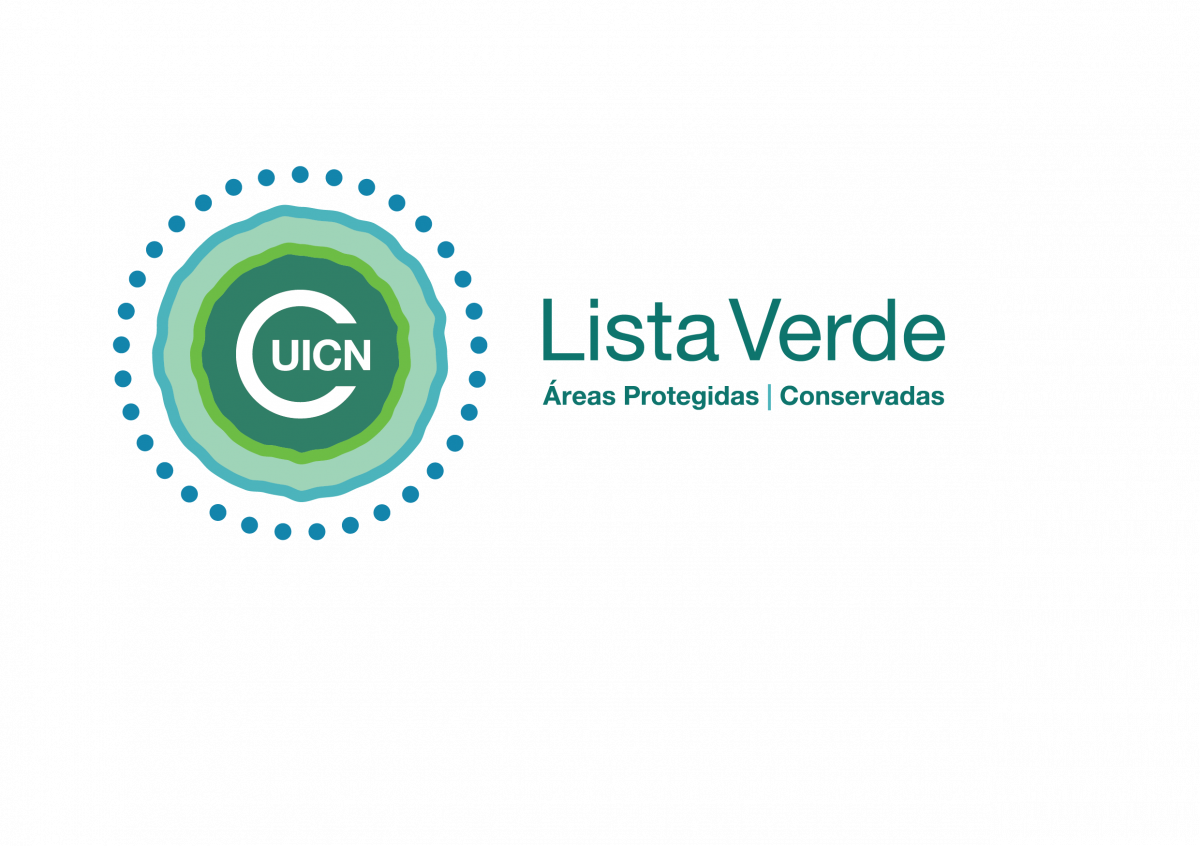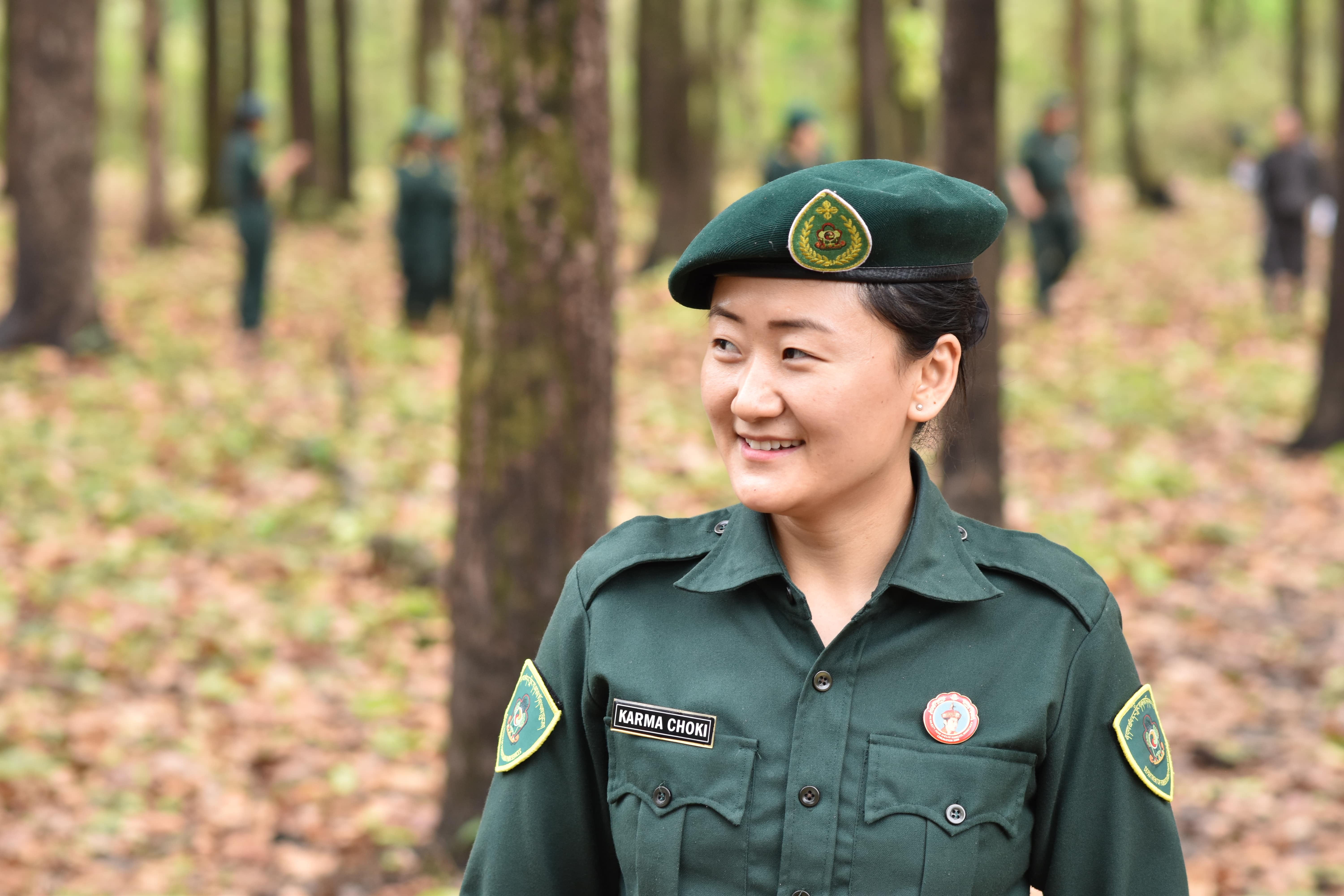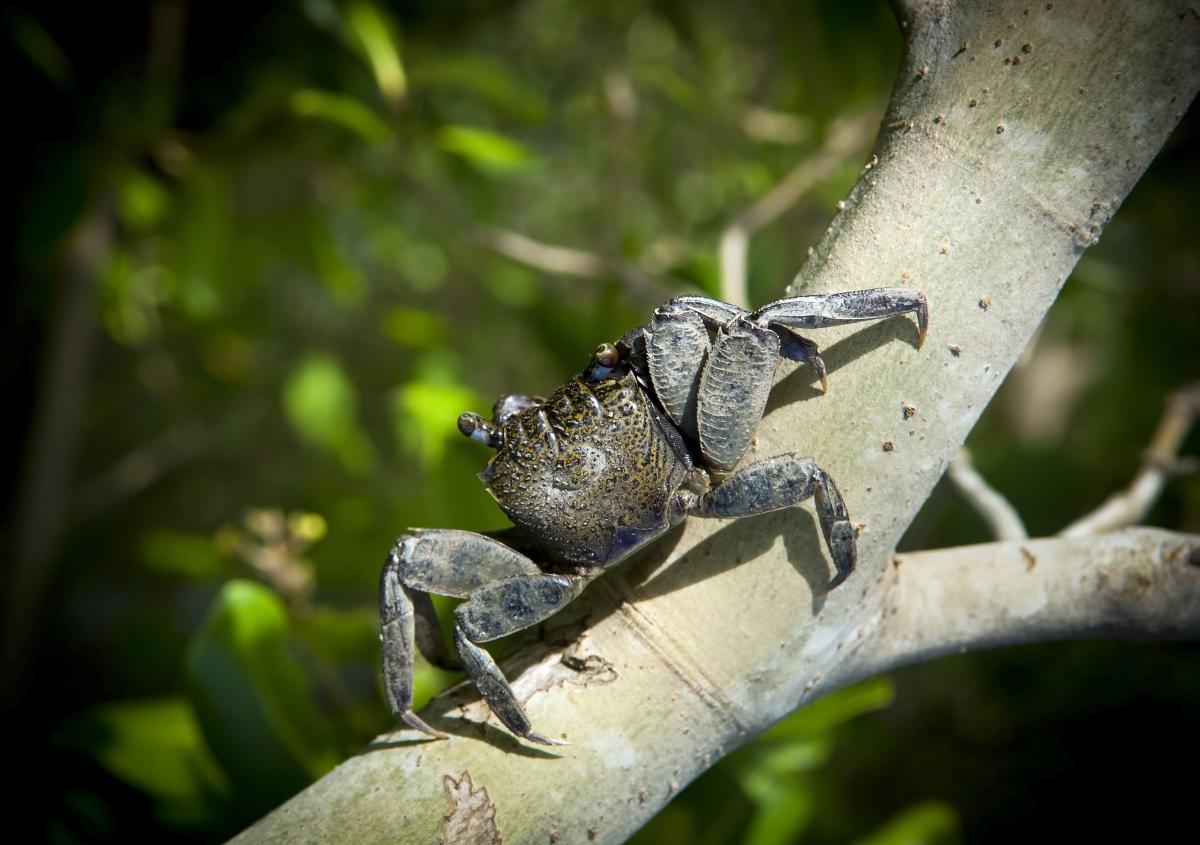Guatemala makes headway in the protection of Selva Maya
Applying the Green List Standard to prepare and implement management plans helping improve and maintain protection of Selva Maya in Guatemala.

Actualmente, los patrullajes en las áreas protegidas tienen mayor alcance y se realizan en tiempos más cortos, ya que se cuenta con la movilidad adecuada, lo que permite tener mayor presencia en las zonas y de esta forma se reducen los ilícitos.
Photo: CONAP
Guatemala, May 25, 2021 (IUCN). Integrated control, surveillance and monitoring of Guatemalan biosphere reserves and other prioritised protected areas in the Selva Maya Natural Resources Protection Project are contributing to greater management effectiveness, using the IUCN Green List Standard, tailored to Selva Maya, as the reference framework.
Management strategies and activities have been established to achieve the objectives of these priority areas and strengthen programmes benefitting the Selva Maya ecosystem, those who protect it and the livelihoods of local communities. Multiple actions have supported the work of institutions connected with Selva Maya’s protection, such as the Protected Areas Council (CONAP for its name in Spanish), whose mission is to promote and drive the conservation of Guatemala’s protected areas and biodiversity.
Through technology, priority protected areas were integrated to strengthen monitoring activities. The technical staff of CONAP received equipment to systematise information, boost server memory capacity and obtain High-speed internet access. GPS technology, and staff training in its use and management, was vital for processing and interpreting satellite information to support real-time decision making.
“The project improves monitoring actions thanks to the purchase of ERDAS Imagine software for satellite imaging and remote sensing procedures, a comprehensive solution providing the most advanced tools for processing satellite images and aerial photos, data analysis and basic vector data analysis capacity. This software will strengthen reporting on deforestation alerts, soil use and fire scars,” declared Julián Zetina, in charge of CONAP’s Monitoring and Evaluation Centre (CEMEC).
According to Zetina, a GPS app for Android to use SMART (Spatial Monitoring and Reporting Tool) facilitates data collection in the field. Originally designed to improve anti-poaching and law enforcement efforts in conservation areas and management zones, these systems make it possible to collect, store, communicate and evaluate data each time rangers go on patrols.
To maintain ecosystem functions, ten Inter-institutional Operations Centres in the multiple-use zone received freezers, solar panels, water pumps, electric generators and computer equipment. Also, two vehicles were modified so they can be used during the rainy season in the least accessible protected areas, such as Mirador-Rio Azul National Park and the Naachtún Dos Lagunas Protected Biotope.
Elsewhere, staff presence and mobilisation were augmented in the Maya Biosphere Reserve and Montañas Mayas Chiquibul Biosphere Reserve through the acquisition of 25 vehicles (pickups, motorboats, quad bikes and motorcycles) as well as support in 210 hours of overflights, all of which contributed to early detection of threats and unlawful acts, and thus control in difficult-to-access areas. In Guatemala, the Project supported purchases of important inputs to implement management plans, such as survival kits for wildland firefighters and rangers, materials for infrastructure upgrades at the inter-institutional operations centres and equipment for more than 150 rangers to carry out inter-institutional and binational patrols, along with smartphones and fuel to boost staff presence and mobilisation.
“With this Project we have better mobility, decision-making tools and data, which gives us a clearer idea about how protected the areas are and how we’ve done in terms of management, as well as preserving green cover, which is the biggest achievement of effective management,” stated Henner Guillermo Reyes Kilkán, Chief of Planning, Studies and Projects at CONAP.
He said areas that were once impossible to reach for lack of mobility have now recovered, and there has been a significant reduction in forest fires thanks to the new equipment. With good mobility, patrolling staff can now cover more ground in less time, increasing presence and access to more areas. Such action has doubled over the year, consequently reducing illegal activity.
“Before patrols were entirely on foot, but now, thanks to receiving the different types of vehicles, we’ve been able to reach other areas like the border between Mexico and Guatemala, making patrols and other actions easier to do. We also have closer contact with communities. At the beginning we used to visit three times a month, but now we make up to five visits in the same amount of time,” said Reyes Kilkán.
It is worth highlighting that the Wildlife Unit was strengthened with field equipment such as transport boxes, binoculars, cameras, snorkelling equipment, a speedboat, trailer and marine engine to facilitate biological monitoring in the prioritised areas and entire Maya Biosphere Reserve.
A high-impact project for Guatemala
“We can satisfactorily say that thanks to the tools this Project has facilitated, indiscriminate logging and hunting have decreased significantly. Also, during 2020 a 90-hectare area was recovered, which represents a big advance for the zone,” asserted José Pacheco, Head of Control and Surveillance of the Maya Biosphere Reserve at CONAP.
Pacheco said another action the Project made possible was raising the population’s awareness about control and surveillance in protected areas, since communities assist with forest fire control and monitoring. Local residents help technicians carry out patrols and put out fires, which generates greater awareness and protection of this important forest.
All actions during the four years of the project were aimed at achieving the indicators of the IUCN Green List Standard, tailored to Selva Maya. Guatemala took on the entire set of components and indicators for successful conservation outcomes in Selva Maya protected areas, because this global benchmark for quality motivates better performance and attainment of the area’s conservation, management and connectivity objectives: the preservation, protection and restoration of renewable natural resources.
“This project improved the development of the protected areas, not only because we have the right equipment, but by improving the safety and well-being of rangers now that they have decent and conducive work scenarios. The living and working conditions of the people who protect Selva Maya are being upgraded, no doubt about it. Fortunately, this has been a high-impact project for our country, and it clearly changed life for us,” Pacheco emphasised.
Global challenge, joint efforts!



